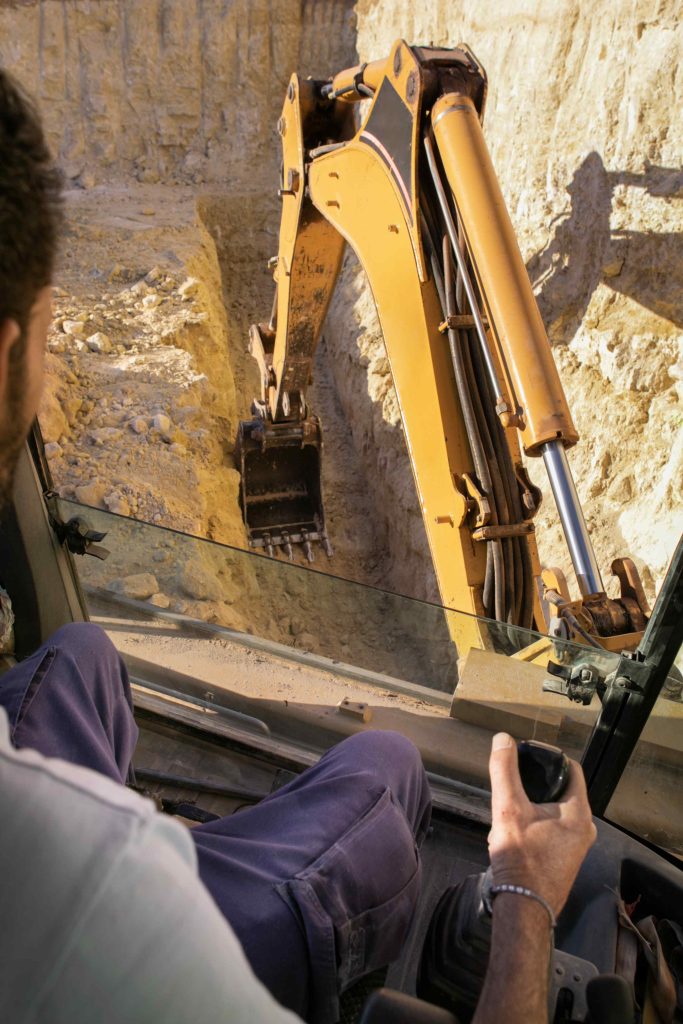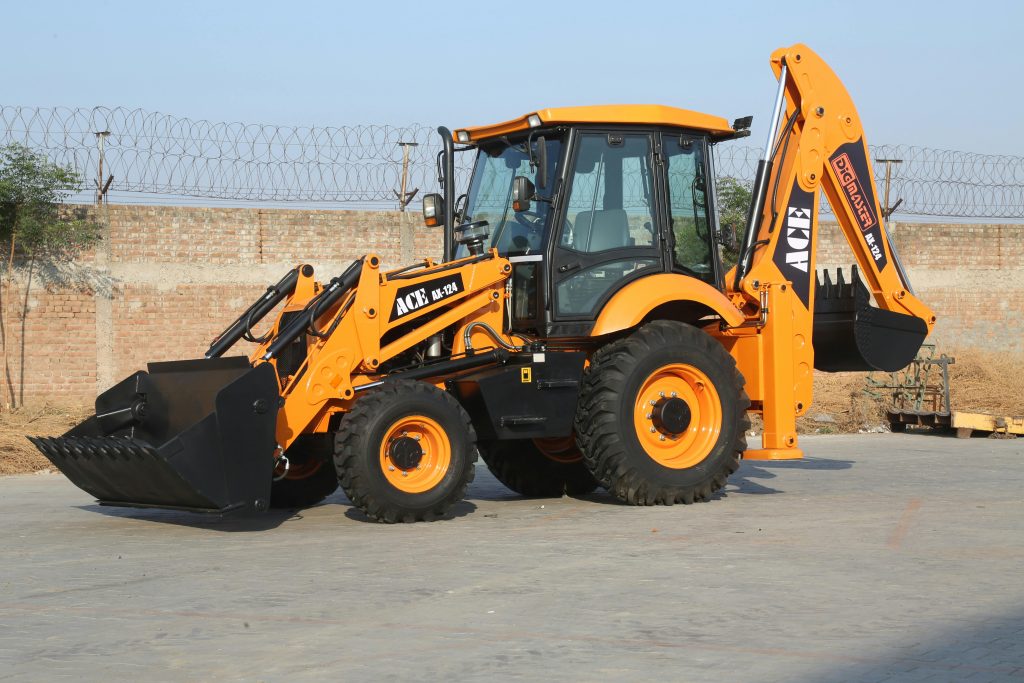Don’t Waste Resources! Key Differences Between Ditching and Digging Buckets
When deciding between ditching and digging buckets, grasping their primary distinctions is vital to prevent squandering resources. Ditching buckets are crafted for light-duty jobs like smoothing, flattening, and clearing trenches, featuring a broader and less deep shape. They excel at shifting loose substances and forming even surfaces. Conversely, digging buckets are engineered for demanding tasks such as piercing tough dirt, stones, and other resistant materials. These have a slimmer, deeper form, offering superior penetration and hoisting strength. Picking the right bucket type based on your project’s unique needs can enhance productivity and resource use.
Exploring the Purpose of Ditching Buckets
Ditching buckets are indispensable in numerous building and digging ventures. They are tailored to manage activities needing accuracy and speed in sculpting and tidying trenches, inclines, and similar landscapes.
Design Features of Ditching Buckets
Structural Characteristics: Ditching buckets are designed with a wide opening and shallow depth. This allows effective scooping and leveling of materials. Such a structure proves especially handy when tackling slopes or vast zones needing a polished finish.
Materials Used in Construction: These buckets often employ high-strength steel for their making. This ensures sturdiness and a long lifespan. The material choice helps them endure the strain of regular use in harsh settings.
Applications for Ditching Buckets
Ideal Scenarios for Use: Ditching buckets shine in situations demanding exact shaping and smoothing. They are perfect for landscaping, crafting drainage networks, and upkeeping road edges. Their capacity to manage big material amounts suits these tasks well.
Limitations in Functionality: Though adaptable, ditching buckets may falter in intense digging jobs. Their shallow build hampers their ability to break into hard ground or rocks. This makes them less useful in such cases.
Analyzing the Role of Digging Buckets
Digging buckets are vital in excavation efforts. They deliver strong results for shattering soil and shifting earth swiftly.
Design Features of Digging Buckets
Structural Characteristics: Digging buckets boast a tougher build with strengthened rims and deeper shapes. This setup lets them cut through solid materials like packed dirt or stone effectively.
Materials Used in Construction: These are frequently forged from high-strength alloy steel. This offers the resilience needed to handle tough digging tasks. The material ensures the bucket resists deformation under heavy stress.
Applications for Digging Buckets
Ideal Scenarios for Use: Digging buckets thrive in heavy excavation work. Think trenching, laying foundations, or quarry tasks. Their robust design lets them smash through dense substances easily.
Limitations in Functionality: Despite their power, digging buckets might not match ditching buckets in tasks needing fine smoothing or finishing. Their bulkier form can hinder precision.
Comparing Efficiency and Performance
Operational Efficiency in Various Conditions
When weighing ditching against digging buckets, consider their effectiveness in different settings. Ditching buckets outperform in smoothing tasks thanks to their wider mouths and shallower depths. Digging buckets, however, excel with tough soils or rocks due to their fortified builds.
Performance Metrics and Outcomes
Key measures like cycle speed, material capacity, and toughness matter in assessing these tools. Ditching buckets leads to projects needing quickness and accuracy over wide spaces. Digging buckets stand out where strength and stamina against hard materials are crucial.
Cost Implications and Resource Management
Initial Investment and Maintenance Costs
When pondering the purchase of ditching or digging buckets, upfront and upkeep costs are key. Ditching buckets often cost less initially due to their simpler form. High-strength steel in their build boosts durability and cuts long-term repair costs by reducing wear.
Digging buckets, though, demand a bigger starting investment. Their reinforced designs, made from high-strength alloy steel, withstand intense pressure without bending. This might raise initial costs but lower maintenance needs over time due to their resilience.
Resource Optimization Strategies
Maximizing resources means choosing the correct bucket for your project’s demands. For precision smoothing or landscaping, ditching buckets saves resources by boosting efficiency. Their knack for handling large material volumes quickly fits tasks valuing speed over force.
For projects piercing packed dirt or rock, digging buckets is essential. They offer robust performance in breaking ground and moving earth fast. Matching each bucket to its strength optimizes both money and time.
Industry Recommendations and Product Insights from Kingho
Choosing the Right Bucket for Specific Needs
Guangdong Kingho Technology Co., Ltd. is famed for its skill in smart mobile gear for excavators. It provides a wide array of products suited for fields like city building, mining, port handling, rail transport, and renewable resources. With certificates like IS09001 and CE, Kingho Technology pioneers by using its deep expertise to supply top-notch excavator attachments that ensure lasting quality and dependability.
Picking the proper bucket calls for analyzing your project’s needs. Opt for ditching buckets for precise shaping or grading tasks. Choose digging buckets for heavy excavation like trenching or foundation work. Knowing these differences ensures the best outcomes.
Kingho’s Innovative Solutions in Bucket Technology
Guangdong Kingho Technology Co., Ltd. excels with its forward-thinking approach. Renowned for high-quality excavator attachments, it serves diverse industry needs.
Kingho’s skill in smart mobile equipment goes beyond standard designs. It offers advanced solutions that boost function and efficiency. Its products use high-strength alloy steel in digging buckets to endure tough tasks.
Plus, Kingho’s customization lets clients tweak specs to their needs. It offers varied forms and ranges while keeping products tough and reliable.
FAQs
Q1: What factors should be considered when choosing between ditching and digging buckets?
A: Consider project requirements such as precision grading versus heavy-duty excavation when selecting between these two types of buckets.
Q2: How do maintenance costs differ between ditching and digging buckets?
A: Ditching buckets generally have lower maintenance costs due to their simpler design, whereas digging buckets may incur higher initial expenses but offer long-term durability benefits.
Q3: What innovative features does Kingho offer in its bucket technology?
A: Kingho provides advanced materials like high-strength alloy steel along with customizable options for product specifications tailored to client needs.



